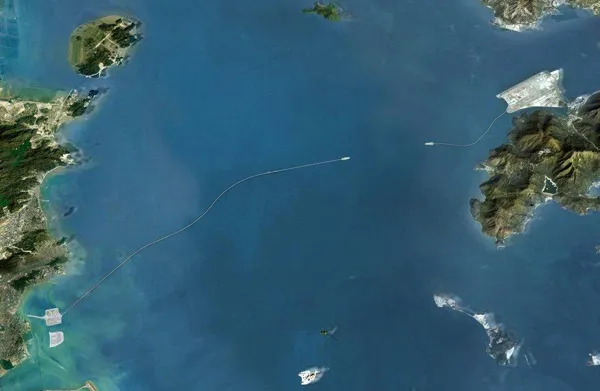India is working on a master plan that will boost transport across the country. This calls for the construction of a grid pattern of highways, with the concept strongly influenced by the US interstate system. The four-lane, national highway corridors plan has been developed by the National Highways Authority of India (NHAI). This envisages a total of 27 highways set out on a grid pattern and with a total length of 36,600km, with north-south and east-west routes spaced some 250km apart.
The plan calls for
June 15, 2016
Read time: 2 mins
India is working on a master plan that will boost transport across the country. This calls for the construction of a grid pattern of highways, with the concept strongly influenced by the US interstate system. The four-lane, national highway corridors plan has been developed by the National Highways Authority of India (NHAI). This envisages a total of 27 highways set out on a grid pattern and with a total length of 36,600km, with north-south and east-west routes spaced some 250km apart.
The plan calls for building new links as well as upgrading existing routes and widening them to four lanes. The national highways network currently extends for some 30,100km in all, but only 18,800km are so far of the four lane configuration called for in the master plan. Upgrading all the national highways and building the extra routes required is expected to cost in the order of US$3.73 billion.
The plan calls for building new links as well as upgrading existing routes and widening them to four lanes. The national highways network currently extends for some 30,100km in all, but only 18,800km are so far of the four lane configuration called for in the master plan. Upgrading all the national highways and building the extra routes required is expected to cost in the order of US$3.73 billion.








